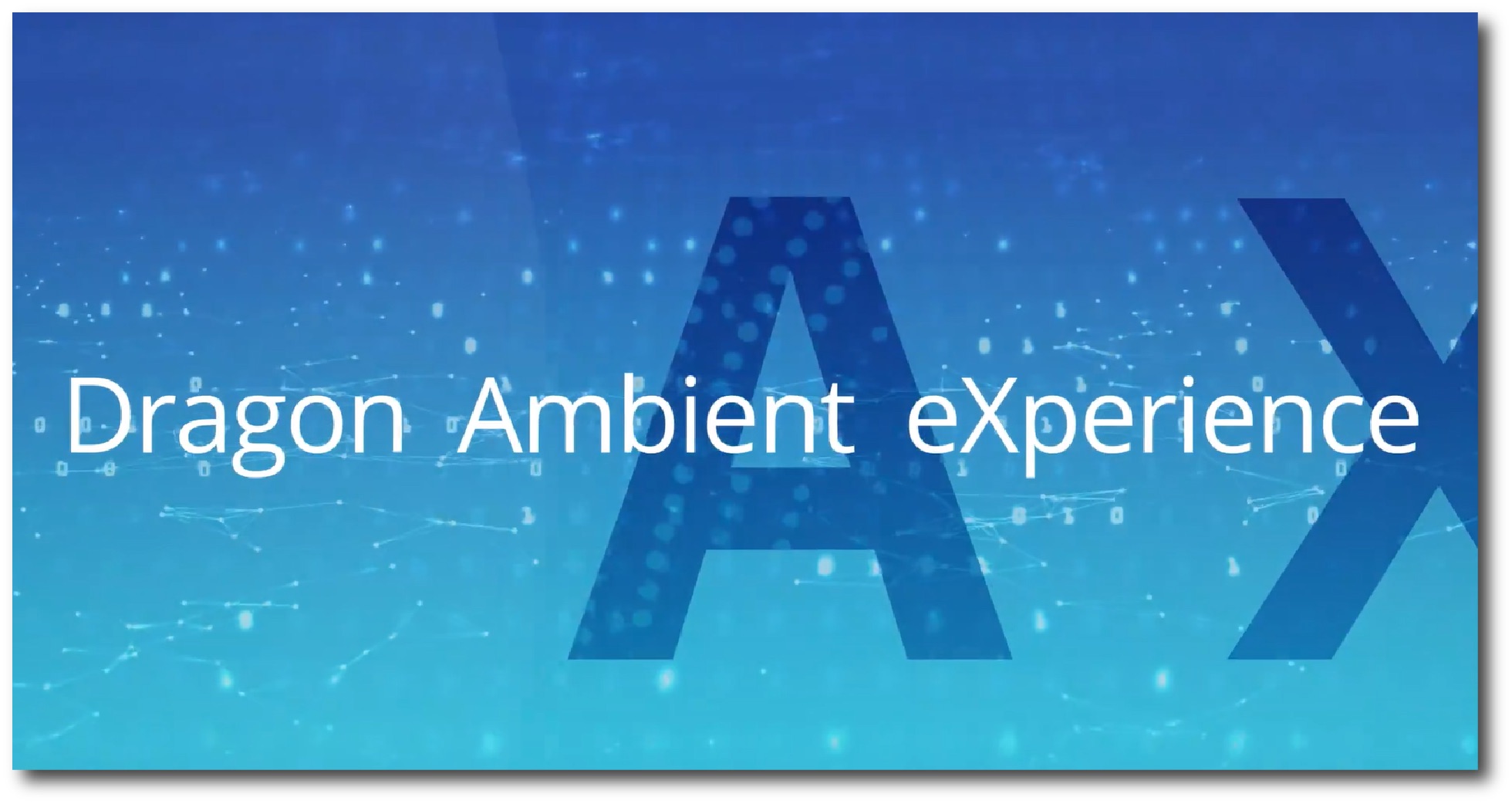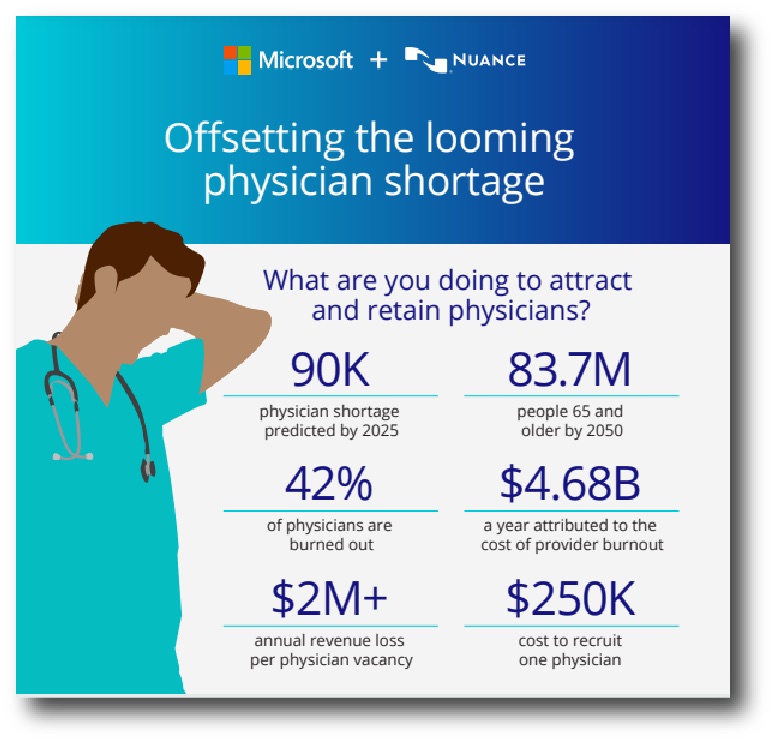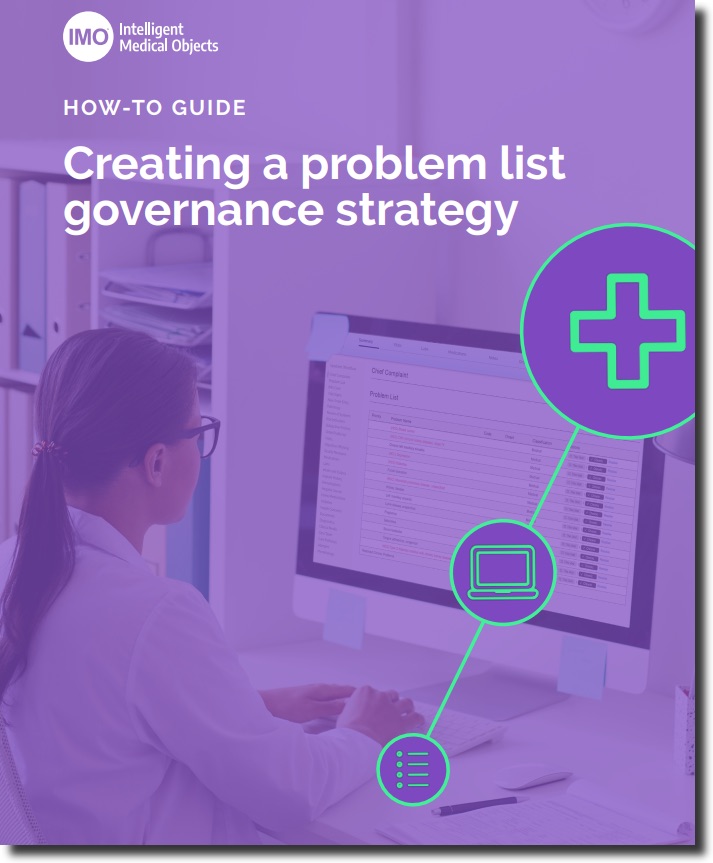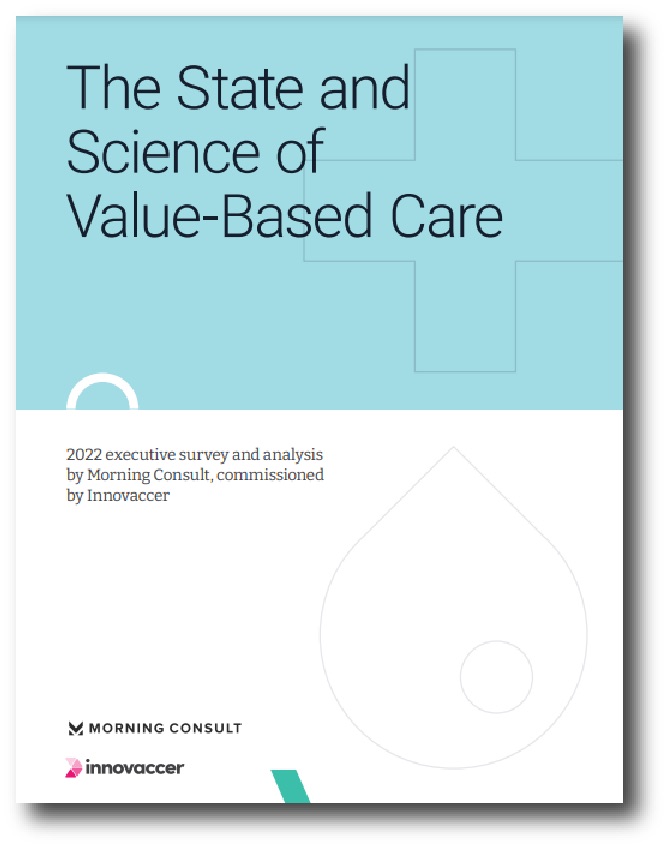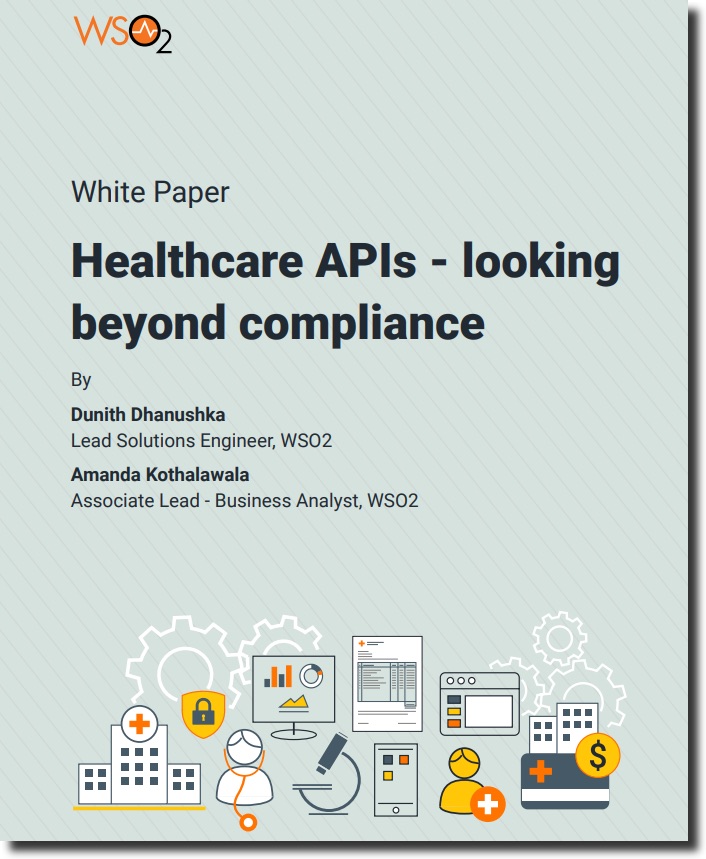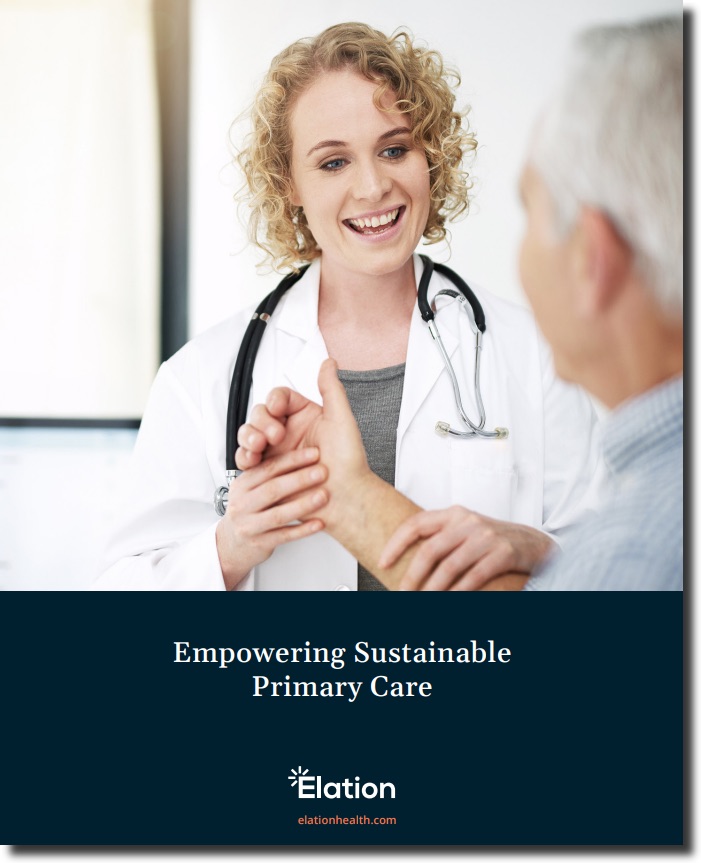Electronic Health Records (EHR, EMR)
With pandemic-related stress exacerbated by ever-increasing administrative workloads, physician burnout is at an all-time high. How can healthcare organizations help reduce providers’ feelings of burnout and improve the patient experience?
With the annual revenue loss of one physician vacancy estimated at more than $2 million – and the cost to recruit replacements estimated at $250,000 each – losses of $4.68 billion per year can be attributed to physician burnout.
In a recent HIMSS survey, 59% of hospital leadership staff said that they have lost potential reimbursements over the last year due to poor data quality, and 47% reported inaccuracies in their quality reporting due to poor-quality data.
Many EHR problem lists have duplicate entries, outdated diagnoses and other information unrelated to a patient’s present condition, leading to confusion and frustration for clinicians.
SPONSORED
While most provider organizations have taken on some type of performance risk, only 15% have moved to pure population-based payment—and that figure is stalled, projected to grow a mere 1% by 2025.
Health IT leaders and federal officials have spent years attempting to solve the challenges Larry Ellison says his company can fix. Many experts are skeptical. But if Oracle can make it happen, it would be a major achievement for healthcare.
The lack of interoperability in healthcare ecosystems is a critical issue for U.S. healthcare. The recent issuance of the Interoperability and Patient Access final rule (CMS-9115-F) by the Centers for Medicare & Medicaid Services (CMS) addresses this by driving interoperability and providing patients with access to their own health information when they need it. Because of this rule, the use of APIs in healthcare has become a mandated requirement of a digital healthcare integration solution. When selecting an API integration vendor to partner with, flexibility and healthcare experience are key. WSO2’s healthcare domain knowledge and expertise mean that the WSO2 Open Healthcare Platform can be deployed on-prem, in multiple clouds, in VMs and in containers.
Recently, as part of a shift to more patient-centered, value-driven healthcare, regulations such as the Interoperability and Patient Access final rule (CMS-9115-F) and the 21st Century Cures Act have been put into place to help put patients first and empower them to control their data and take a more active role in their own care. APIs make interoperability possible, and there’s an increasing demand for API management solutions like the ones WSO2 offers to liberate and restructure patient data. This creates opportunities for healthcare organizations to use APIs beyond what is necessary to meet regulatory compliance and build API-centric marketplaces.
While the COVID-19 pandemic showed the value and dedication of healthcare professionals, it also led to rising levels of burnout and pressure for primary care physicians. In addition, these clinicians are often stuck with outdated legacy technology designed for payers and coders rather than physicians and patients. Bringing primary care back to the forefront of healthcare could be key to building a more sustainable healthcare system, but clinical-first technology is needed. Elation Health’s EHR platform supports primary care physicians in reducing their administrative burden – and allowing them to focus more on patients.
Despite significant investment and well over a decade of different transformation plans and initiatives, there’s still much to do before we can say the health and care system has truly gone through a digital revolution.
